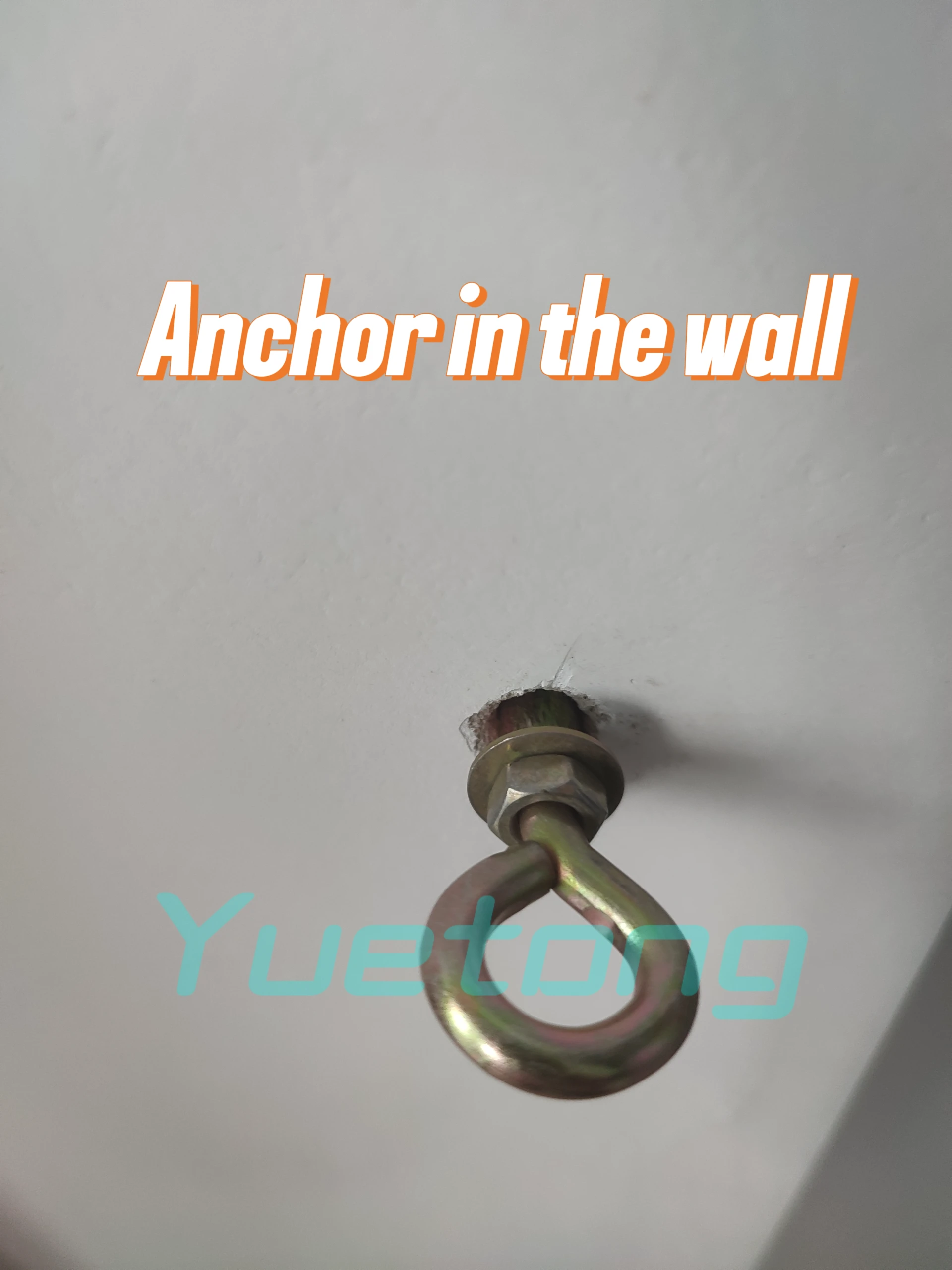Dez . 04, 2024 08:08 Back to list
Reliable Ceiling Screw Anchors for Secure Mounting Solutions in Your Home
Understanding Ceiling Screw Anchors A Comprehensive Guide
When it comes to hanging items from the ceiling, such as light fixtures, decorative elements, or heavy objects, ensuring secure installation is paramount. One of the most reliable tools for this purpose is the ceiling screw anchor. This article will delve into the various aspects of ceiling screw anchors, including their types, application, installation process, and advantages.
What Is a Ceiling Screw Anchor?
A ceiling screw anchor is a type of fastener designed to support objects on ceilings and other overhead surfaces. Unlike standard screws, these anchors are specially engineered to provide additional support and stability, particularly in ceilings made of drywall or plaster, which may not be strong enough to hold significant weight without the risk of damage.
Types of Ceiling Screw Anchors
There are several types of ceiling screw anchors, each suited for different materials and load capacities. The most common types include
1. Toggle Bolts These are hollow wall anchors that consist of a screw and a spring-loaded toggle. Once inserted through the ceiling material, the toggle expands behind the surface, providing a secure grip. They are ideal for heavy items.
2. Molly Bolts Similar to toggle bolts, molly bolts expand behind the surface, but they are generally easier to install. They are useful for medium-weight items, offering a strong hold without extensive preparation.
3. Plastic Expansion Anchors These are suitable for lighter loads and are typically used for items that do not require a heavy-duty anchor. They work by expanding when the screw is driven into them.
4. Heavy-Duty Screw Anchors These are designed for heavier applications and offer the highest strength. They may include metal or reinforced plastic components to ensure durability.
Advantages of Using Ceiling Screw Anchors
Using ceiling screw anchors comes with numerous advantages
1. Enhanced Load-Bearing Capacity Ceiling screw anchors significantly increase the load-bearing capacity of screws, allowing for safer and more reliable hanging of items.
ceiling screw anchor

2. Versatility They can be used in various ceiling materials, including drywall, plaster, and concrete. This versatility makes them essential for both residential and commercial use.
3. Ease of Installation Many types of anchors are designed for simple installation, requiring minimal tools and skills. This makes them accessible for DIY enthusiasts and professionals alike.
4. Safety Properly installed ceiling screw anchors help prevent accidents caused by falling objects, ensuring safety within a space. Whether it's a heavy chandelier or an artistic installation, these anchors provide peace of mind.
Installing Ceiling Screw Anchors
Installing ceiling screw anchors is a straightforward process if performed correctly. Here’s how to do it
1. Choose the Right Anchor Assess the weight of the item you wish to hang and select an appropriate screw anchor based on its load capacity.
2. Locate Ceiling Joists For heavier items, it’s crucial to anchor into ceiling joists for increased support. Use a stud finder to locate the joists.
3. Drill a Pilot Hole If required by the type of anchor, drill a pilot hole in the ceiling. Ensure the hole is the appropriate size for your anchor.
4. Insert the Anchor For toggle bolts, feed the toggle through the hole and allow it to expand behind the ceiling. For molly bolts, follow the instructions for securing them into the ceiling.
5. Attach the Fixture Once the anchor is securely in place, attach the item using screws. Ensure everything is leveled and tightened properly.
6. Test the Installation Before fully relying on the installation, test the strength by gently pulling on the object to ensure it holds firmly.
Conclusion
Ceiling screw anchors are essential tools for anyone looking to hang items securely from the ceiling. With various types available, understanding their uses and installation processes can make a significant difference in both strength and safety. Whether you’re a DIY enthusiast or a professional contractor, investing time in learning about ceiling screw anchors will undoubtedly enhance your projects and the peace of mind that comes with them. As ceiling installations are often a critical element of interior design and functionality, proper anchoring cannot be overlooked.


